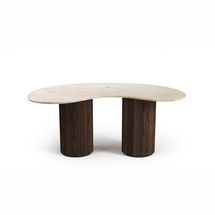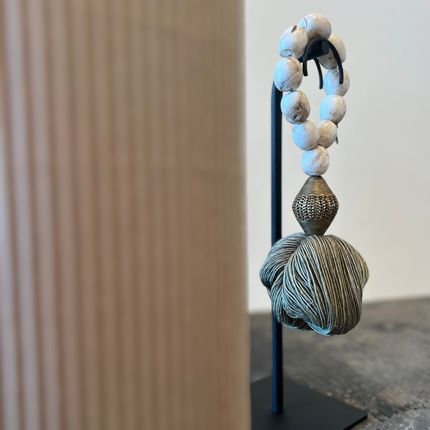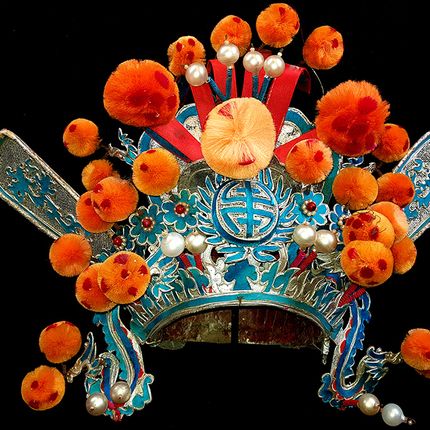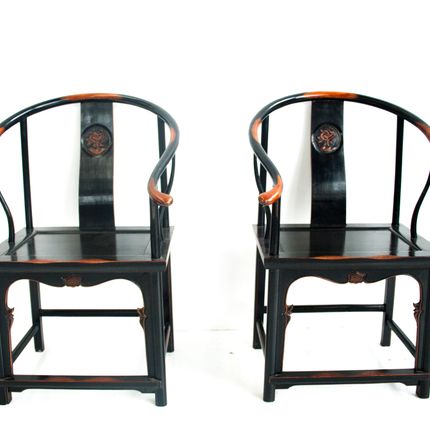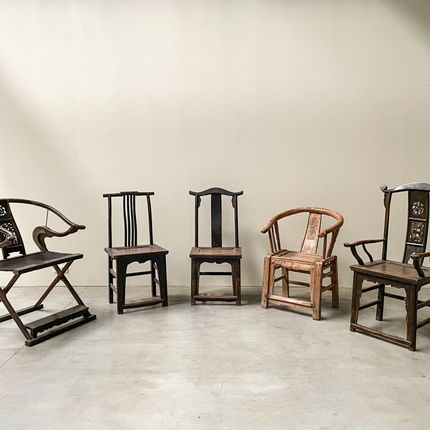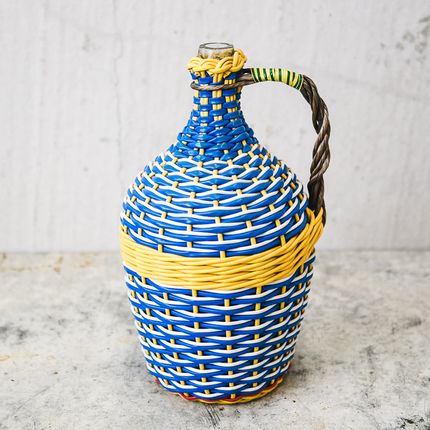Collection @Daniel Rozensztroch
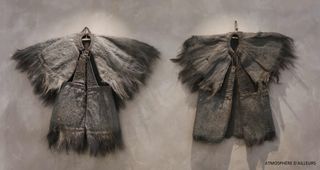
What does being a collector mean today, and what is the purpose of their search? For Daniel Rozensztroch, a collector is someone who has an eclectic point of view on objects, all kinds of objects, allowing for a better understanding, through “accumulation”, of their use, stories, cultures, or certain forms of expert craftsmanship, and thus an enhanced appreciation of their particular beauty. This approach features an unabashedly compulsive aspect.

A selection from the Evolution series by Daniel Rozensztroch
Daniel is an artistic director, set designer, author of several books, and collector of objects...
Each month, he shares his intuitions and culture, deciphering and translating new lifestyles and highlighting behavioral developments.

A selection from the Evolution series by Daniel Rozensztroch

Daniel is an artistic director, set designer, author of several books, and collector of objects...
Each month, he shares his intuitions and culture, deciphering and translating new lifestyles and highlighting behavioral developments.
Prayer Bead Sculpture in Camel bone
Africans express themselves by adorning their bodies. These talisman/rosaries are made using ceramic beads and coils from Mali and Nigeria; the tassels are made from hemp or alpaca. When worn stacked together, they transform into sculptures.
Old Chinese Theater Headdresses
These antique headdresses from a variety of eras played a crucial role for the Chinese audience, due to their rich color and ornamental nature. Once restored, they are presented as collectors’ items.
Stone sculpture - See no evil, hear no evil, speak no evil
One-of-a-kind pieces restored from old foundations, such as this ancient horse, with its simple style. Thus, set atop an unfinished wooden sideboard, it reminds us, in all its minimalism, of the passing of time and of the venerable craftsmanship of Chinese artisans.
Chinese Chairs
Antique baskets in papier-mâché made by rural Chinese women and designed to store clothing and personal items. They are also embellished with flowers and elements that remind us of nature, made from cutout paper.
Braided glass bottles
These bottles and flasks covered in wicker-like plastic are typical of certain parts of the great plains of northern Hungary. These are artisanally made products from the 1950s, 60s and 70s. By that time, their makers had abandoned traditional methods, using natural fibers; rather, they were looking for new, different, recycled materials. And so, they ended up making frequent use of telephone wires. These bottles were made to store wine, oil, and a variety of distilled spirits
Daniel Rozensztroch
Editorial advisor to interior design magazine Marie Claire Maison, after having been its Style Director for over ten years, Daniel Rozensztroch has also been artistic director of Merci, the renowned shop on boulevard Beaumarchais in Paris, since its opening in 2009. In the 1990's, he participated in the revamp of Nature & Découvertes stores, and, at the end of that decade, the launch of the Résonances retail concept. He has also created the installation design for many exhibits in France and abroad, such the Trend Forum at the Salon du meuble in Paris and several shows on French design at Seibu in Tokyo. And last, but certainly not least, Daniel Rozenstroch is the author of a series of books on the art of living in different lands (Greece, Japan, Central Europe, the West Indies, Spain, New York, and more...), as well as monographs on objects we use every day, including "Hanger" and "Hairbrush". These two books were supported by an exhibit, one at the Musée des Arts Décoratifs and the other at the Bibliothèque Forney, in Paris.


